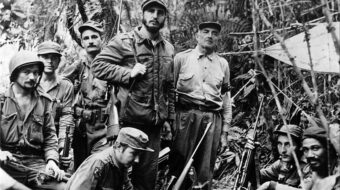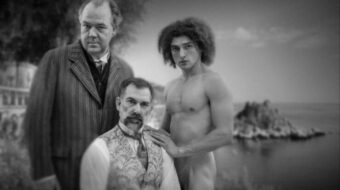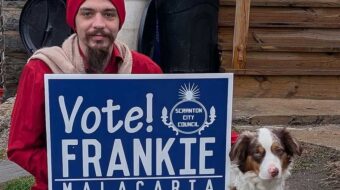
DETROIT — The 2011 North American Labor History Conference at Wayne State University covered a wide variety of topics which centered on the growing focus over both current and past struggles for equality and justice.
With topics ranging from guest worker programs, which point out the hypocrisy of business’ support for stricter immigration legislation, to discussions of former mayor Richard Daley’s work in Chicago to break teachers’ unions, the conference offered a valuable look into the labor movement from the literary and researching fields.
The conference was held at Wayne State University near downtown Detroit, surrounded by working class neighborhoods and suburbs. The NALHC is held annually to support and promote the field of labor studies.
I was given the opportunity to speak at this conference on my study of the Communist Party USA’s work in labor unions during the 1930s, as part of a comparison to struggles we see around us today. My research emphasized the importance of re-evaluating the level of integration and support the CPUSA gave to working Americans, as opposed to a narrow view of the party as an organization supporting foreign powers.
Well received and noted by varying attendees, the panel on Leftist Union Activity (which mine was on) was the most attended panel of the entire conference, overfilling the room it was booked for.
The conference also had a wide variety of topics and lectures of equal importance on other issues throughout American history.
A panel on the migrant Guest Worker programs focused on highly skilled South and Central Americans brought into the United States to work. Befitting this portrayal of labor being brought in despite tensions over immigration, panelists emphasized that “Capital, as Marx put it, wants to generate a dedicated wage labor army in abundance.”
Other panelists compared shifts in other economies, such as Japan and Europe.
Lastly, the conference concluded with a great panel focused on Mexican immigration and working-class immigrants. Panels covered the rise of Mexican labor following the 1915 Mexican Revolution and its effect on Mexican culture in subsequent years; the tensions between the rights of men and women in the Mexican workforce; and the fascinating history of street-vendors throughout Mexico who fought for union protection during the 1970s.
As surveyors and supporters of labor, it is our duty to support and champion efforts such as the NALHC’s for their desire to continue to shed light on the importance of labor within historical and sociological fields.
The NALHC was very much like Dr. Jack Metzgar’s Working Class Studies Association conference held in June of 2011, which invited labor groups from all over the United States. It is efforts like these which drive the cause of labor to some of its most fundamental roots: education.
Photo: A crowd of 20,000 Communists and “radical” supporters rally at Union Square in New York City on May 1, 1930, demanding relief for the unemployed. (AP Photo)











